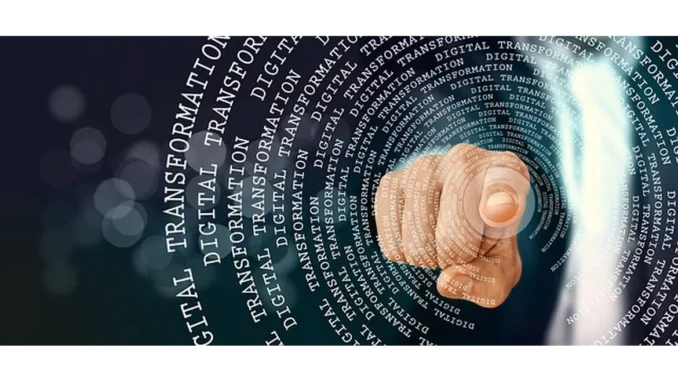
In an age where technological innovation is reshaping the fabric of our daily existence, the healthcare sector emerges as a pivotal area of transformation. The sophistication of modern health systems is evolving at an unprecedented pace, with innovations once reserved for the realm of science fiction now woven into the everyday practice of medicine. From wearable devices that track vital signs to 3D-printed medications tailored to individual genetic profiles, the horizons of healthcare seem boundless. This transformation is not merely hypothetical but is actively enhancing patient care and outcomes today. Recently, I had the privilege of exploring this dynamic landscape through the experiences of Jasmine Patel, a technology enthusiast and patient who has witnessed these advancements firsthand.
Jasmine’s foray into the future of healthcare began with the acquisition of a seemingly simple wristband. “Receiving my wearable device felt akin to having a miniature hospital on my wrist,” she recalled. This device, equipped with cutting-edge sensors, provided continuous monitoring of her heart rate, sleep patterns, and physical activity, serving as a personal health tracker. The real-time data it offered opened a new dimension of self-insight previously inaccessible to her. “It was empowering to discern trends within my own health data,” she noted. “I could make informed lifestyle choices and engage in more meaningful discussions with my doctor.”
Jasmine’s wearable device played a crucial role in alerting her to irregularities in her heart rate, prompting early medical consultation. This illustration of technology’s potential to facilitate proactive healthcare allowed her to address potential health issues before they escalated. “The peace of mind it brought was invaluable,” she expressed. “I felt like an active participant in my own healthcare journey.”
Yet, wearables represent merely a fraction of the technological advancements Jasmine has encountered. Her narrative took an intriguing turn as she recounted her experience with 3D-printed medication. “Being prescribed medication that was custom-formulated for me was a revelation,” she explained. The medication was 3D-printed to align with her unique genetic profile, showcasing the promise of personalised medicine. This innovation, which tailors treatments to individuals rather than populations, optimises therapeutic outcomes while minimising side effects. For Jasmine, this bespoke approach translated into a treatment regimen that was uniquely her own, significantly enhancing her response to medication and elevating her quality of life.
Jasmine’s excitement was unmistakable as she articulated how this tailored approach reduced the uncertainty typically associated with medication. “Knowing my medication was crafted specifically for me instilled confidence,” she shared. “It was a uniquely personalised experience that made me feel appreciated as a patient.”
The final chapter of Jasmine’s exploration of cutting-edge healthcare involved undergoing robot-assisted surgery. “The concept of a robot in the operating theatre was both exhilarating and daunting,” she confessed. Nonetheless, the precision and efficiency achieved through robotic systems were undeniable. Jasmine underwent a minimally invasive procedure that resulted in faster recovery times and fewer complications, owing to the robot’s precision. “The surgeon manipulated the robot with such dexterity,” she recalled. “It was astonishing to witness how technology could augment human skill.”
For Jasmine, the integration of robotics in surgery represented not just a leap in medical capability but also a testament to the harmonious synergy between human expertise and technological advancement. “It was reassuring to know that technology was enhancing the surgeon’s abilities,” she remarked. “It felt like a genuine partnership between human and machine.”
As our conversation drew to a close, it became evident that the impact of these technologies on Jasmine’s life was profound. Her experiences embody a rapidly evolving healthcare landscape, where innovation is not an abstract concept but a tangible force driving improved patient outcomes. “Ultimately,” Jasmine reflected, “these technologies have made me feel more connected to my health than ever before.” Her journey underscores the potential inherent in the fusion of technology and healthcare, painting a compelling picture of a future where patients are empowered, treatments are individualised, and the limits of possibility are continually expanded.
As we stand on the threshold of this new era in medicine, it is imperative to ponder the implications of these advancements for us individually and collectively as a society. How will we embrace these changes to ensure they are accessible to all? The possibilities are indeed limitless, and the journey into this transformative future has only just commenced.


Be the first to comment